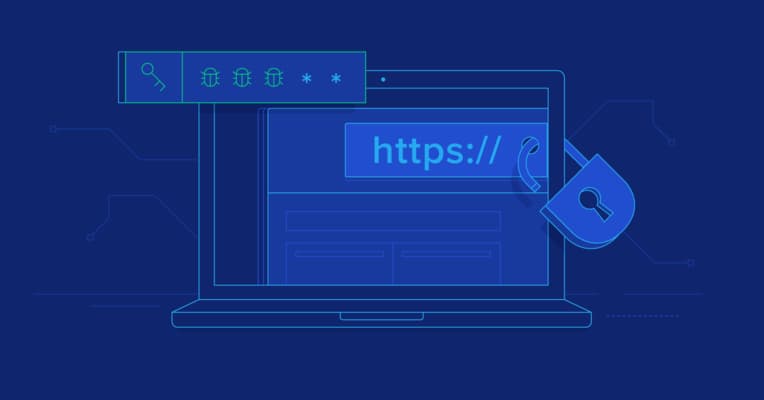Modern web applications have long outgrown the status of simple websites and evolved into full-scale platforms handling vast amounts of user data, financial transactions, and complex interaction logic. From online banking to e-learning systems and entertainment services — nearly every web application today faces potential threats.
This is especially relevant for platforms that process transactions and personal user data, including segments such as online stores, social networks, and the field of online entertainment, including online casino. These services, which involve access to real money, are especially attractive targets for cybercriminals.
Why Web Application Security Has Become a Priority
According to recent OWASP reports and data from European cybersecurity centers, the number of attacks on web applications increased by 21% over the past year. The main reason is the growing number of applications with open APIs, along with the shift of most services to cloud-based solutions. This has significantly expanded the potential attack surface.
In response, developers are increasingly adopting DevSecOps practices, where security becomes part of the entire development cycle. This helps identify vulnerabilities even before the product goes live, thus reducing the cost of incident mitigation.
SQL and XSS Injections
One of the oldest but still relevant threats is SQL injection. An attacker, by entering specially crafted code into input fields (for example, a login form), can gain access to the database. This can lead to data theft, deletion, or even full compromise of the service.
XSS (cross-site scripting) works on a similar principle: a malicious script is embedded into a webpage and executes when the page is opened by the user. This allows for session hijacking, redirecting to phishing websites, and manipulating the user interface.
Authentication and Session Management Vulnerabilities
Web applications often fail to implement secure password storage mechanisms or make mistakes in session management. Lack of token expiration control, use of weak hashing algorithms, or hardcoded keys — all of these can lead to account breaches.
This is especially critical for services where user profile access enables financial operations. A typical example is accounts in an online casino, where compromised credentials allow control over deposits, bets, and winnings.
CSRF and Lack of Access Control
CSRF (Cross-Site Request Forgery) attacks trick users into performing unwanted actions while they are authenticated in the system. For example, transferring funds without their knowledge. Poor access control implementation may allow an ordinary user to gain admin rights or access other clients’ data.
Protection Methods and Modern Approaches
In an environment of ever-increasing risks, companies are increasingly moving toward proactive security strategies. This includes not only fixing vulnerabilities but also regular staff training, threat modeling, and attack simulations.
Moreover, European companies — including Hungarian IT teams — are striving for international standard certifications, which enhances trust from users and partners.
Security by Default Principles
Modern developers and DevOps teams should follow the Secure by Design approach. This means that security is embedded from the earliest design stages. Using frameworks that support protection against XSS and SQL injections (such as Django or Spring Security) is becoming the norm.
It’s also crucial to regularly perform vulnerability assessments: static and dynamic code analysis, penetration tests, and configuration audits.
Encryption and Secure Data Storage
All sensitive data such as passwords, tokens, personal information, and transaction history should be stored using modern cryptographic standards. Passwords should be stored using bcrypt or Argon2 algorithms, and data should be transmitted via TLS 1.3 and stored using AES-256.
Client-Side Security
Frontend security should not be overlooked. Using modern mechanisms like CSP (Content Security Policy), script loading controls, and iframe blocking are essential steps in preventing browser-level attacks. This is particularly important for platforms with high user activity, such as online casino platforms, exchanges, or booking systems.
Authentication and Multi-Factor Protection
Two-factor authentication (2FA), OAuth2, session cookies with HttpOnly and Secure flags — all these mechanisms significantly enhance protection against account breaches. Users in Hungary are already actively using 2FA in online banking systems, and it is increasingly being implemented across online services, including entertainment.
Legislation and Compliance Standards
In recent years, legal requirements for data protection have become stricter. Hungarian companies processing personal data must demonstrate not only compliance with local legislation but also adherence to European standards.
This is especially important for those operating in cross-border segments such as online entertainment or e-commerce. Violations of these requirements may lead not only to fines but also to a loss of user trust.
The User’s Role in Ensuring Security
Even the most secure system can be compromised due to a weak password or lack of basic digital hygiene on the part of the user. It is recommended to:
Use unique passwords for each service;
Regularly update software;
Avoid clicking suspicious links, especially when receiving bonus offers or winnings in online services;
Enable login notifications for new devices.
Conclusion
Web application security is not just a matter of technology but a key element of trust between the platform and its users. Given that more and more Hungarian users are engaging with digital services — from government portals to online entertainment — ensuring security is becoming critically important. Only a combination of modern technical solutions, legal compliance, and user awareness can ensure that web applications remain resilient in the face of growing cyber threats.

Comments are closed